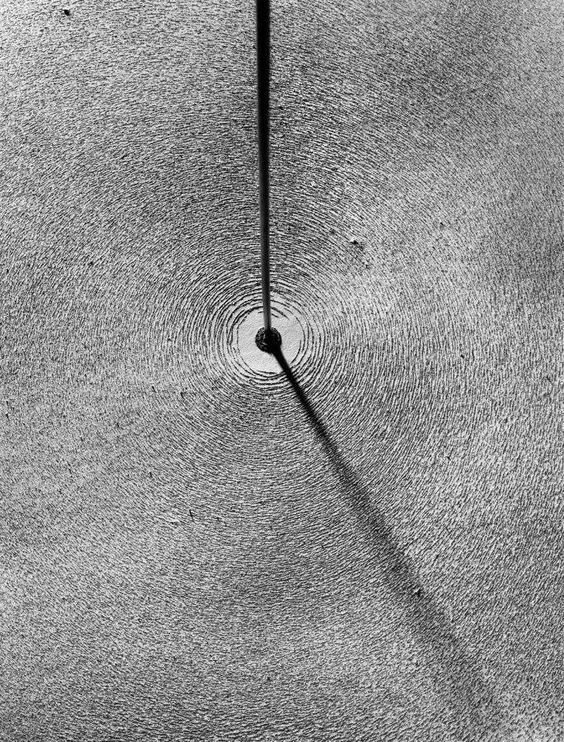Harnessing the Power of Magnets for a Sustainable Future
Did you ever play with magnets when you were a child? Remember the excitement and wonder when two magnets would attract or repel each other without any visible force acting upon them? Magnets have always been fascinating to many of us, but did you know that they also hold great potential for creating a sustainable future?
Understanding Magnetism
Magnetism is a fundamental force of nature that exists all around us. It is created by the movement of electrically charged particles, such as electrons, within certain materials. These materials are known as magnets and can be natural or man-made.
Magnets have two poles – a north pole and a south pole – that interact with each other in unique ways. Opposite poles attract each other, while like poles repel each other. This property of magnets is what makes them so useful in various applications, from simple fridge magnets to complex machines.
Harnessing the Power of Magnets
The powerful force of attraction or repulsion between two magnets has been harnessed for centuries to create useful tools and devices. The magnetic compass, invented in ancient China, uses a magnetized needle to align with the Earth's magnetic field and help with navigation.
In modern times, magnets are used in a wide range of industries, from transportation to healthcare. Electric motors, which are used in cars and trains, rely on the interaction between magnets and electricity to convert energy into mechanical motion. Magnetic levitation (maglev) trains use this same principle to achieve high-speed travel with minimal friction. In the healthcare sector, MRI machines use powerful magnets to create detailed images of internal body structures without any harmful radiation.
Magnets and Renewable Energy
One of the most promising applications of magnets for a sustainable future is in the field of renewable energy. Magnets play a crucial role in many clean energy technologies, such as wind turbines, hydroelectric generators, and even solar panels.
Wind turbines use powerful magnets to convert kinetic energy from wind into electricity. The blades of the turbine are connected to a rotor with magnets, which spin inside a stator (a stationary component) surrounded by copper wire coils. As the magnets rotate, they induce an electric current in the coils that is then transmitted as electricity.
Hydroelectric generators also use magnets and copper coils to generate electricity from the kinetic energy of moving water. As water flows through turbines, it turns a rotor with magnets that, in turn, induces an electric current in the coils.
Even solar panels rely on magnets to function efficiently. Thin film solar panels use a layer of copper-indium-gallium-selenide (CIGS), which contains magnetic elements such as iron and nickel, to absorb sunlight and convert it into electricity.
The Role of Magnetic Core Materials
In all of the above applications, a key component is the use of magnetic core materials. These are materials with high magnetic permeability, which means they can easily become magnetized and retain their magnetism for a long time. In electric motors and generators, magnetic core materials, such as iron or steel, are used to amplify the magnetic field created by the moving magnets. This allows for a more efficient conversion of energy into motion or electricity.
For renewable energy technologies, the use of magnetic core materials is essential for increasing efficiency and reducing costs. By using more powerful magnets and better-designed core materials, we can improve the performance of these clean energy technologies and make them a more viable option for widespread adoption.
How Magnets Contribute to a Sustainable Future
As we continue to search for alternative energy sources and ways to reduce our carbon footprint, magnets are playing an increasingly important role. They not only enable the production of clean energy but also improve the efficiency of existing technologies, making them more sustainable.
Furthermore, as renewable energy continues to grow in importance, so does the demand for rare earth magnets – a type of magnet used in many clean energy technologies. The mining and production of these magnets can have negative environmental impacts, but efforts are being made to develop more sustainable methods for their extraction and recycling.
The power of magnets goes far beyond just creating fun playthings or useful tools. We are only beginning to scratch the surface of their potential for a sustainable future, and continued research and innovation in this field will bring us closer to achieving a more environmentally friendly world. So next time you see a magnet, remember the immense impact it can have on our future.




